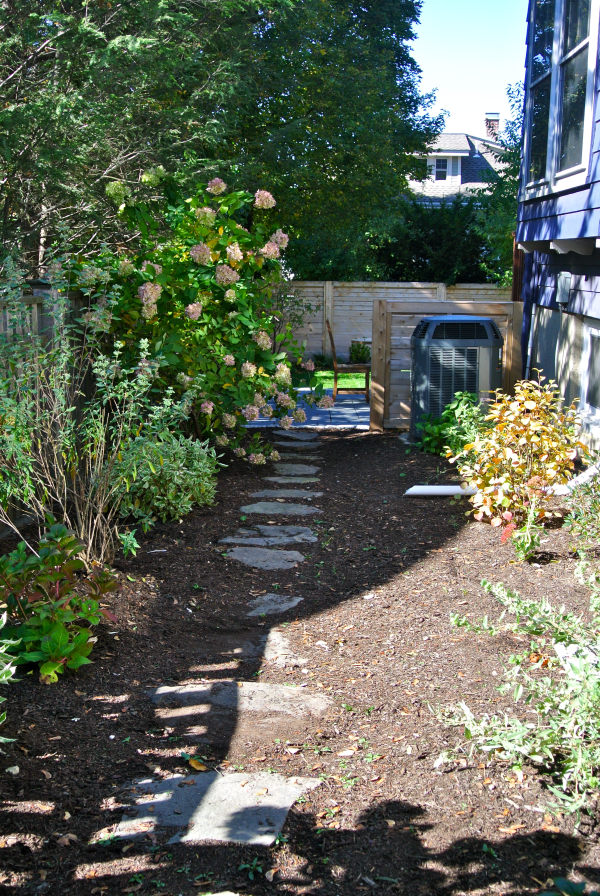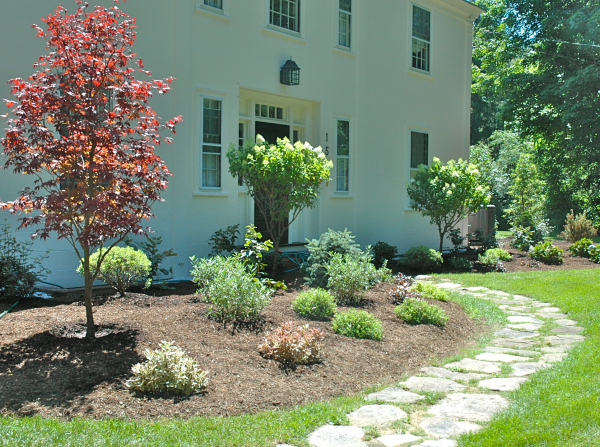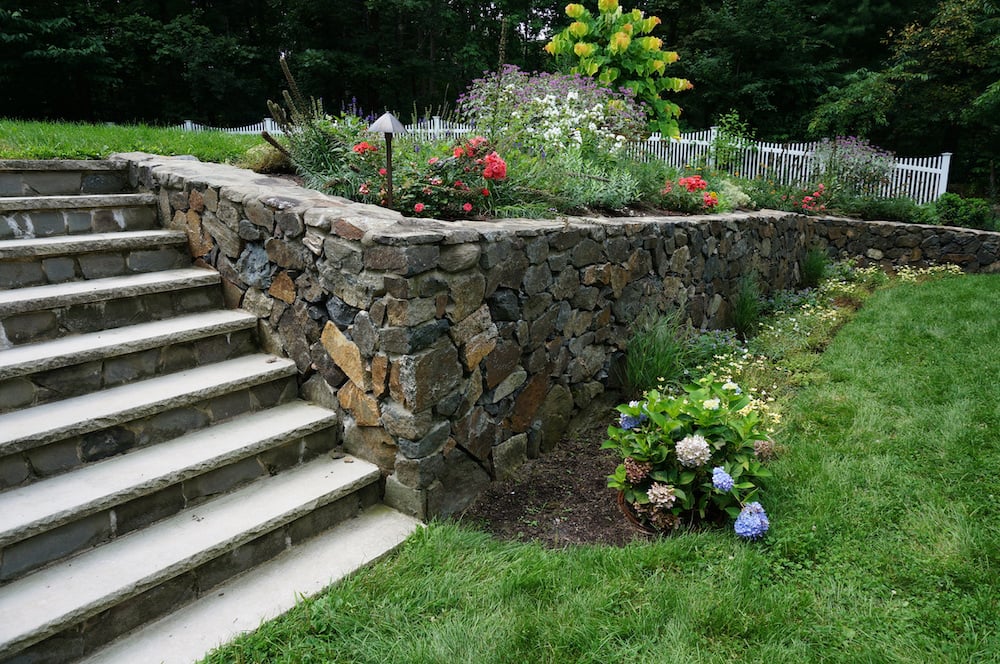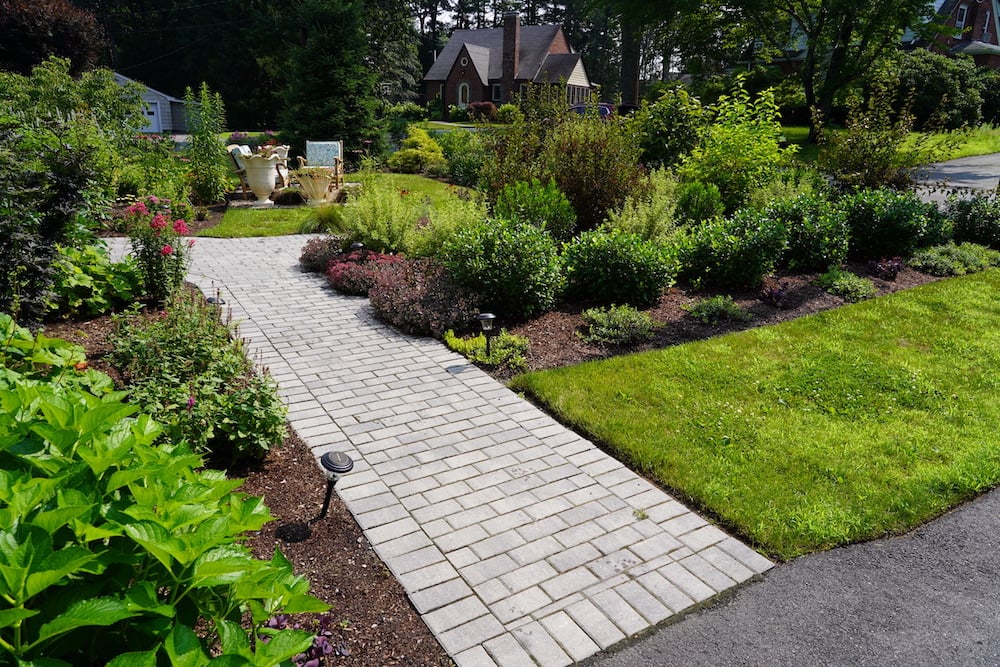Due to its low maintenance requirements and long lifespan, artificial turf has become a popular option for landscaping, sports fields, and leisure areas. Although it has several advantages over real grass, it is not damage-proof. To ensure the durability of artificial turf and safeguard your investment, it is crucial to understand the most typical methods it can be harmed. We will look at some of the main reasons why artificial grass becomes damaged and offer advice on how to fix or prevent the problems.
Heavy Foot Traffic: Heavy foot traffic is one of the most frequent causes of artificial turf deterioration. Continuous use can cause the fake grass fibers to wear down and compact, resulting in a flattened and less appealing appearance, whether on sports fields, playgrounds, or high-traffic commercial areas. Consider creating designated paths or putting up barriers to restrict foot traffic away from delicate regions to prevent undue wear and tear. To uniformly distribute the impact, rotate the use of several artificial turf areas on a regular basis.
Improper Installation: An artificial grass that has been installed incorrectly may experience a number of issues, such as wrinkling, uneven surfaces, poor drainage, and early wear. For the installation process, it is essential to hire qualified experts. To prevent further problems, they will guarantee enough drainage, correctly prepare the base, and fasten the turf in place. Cutting corners during installation may result in immediate cost savings, but they can later result in expensive repairs or replacements.



